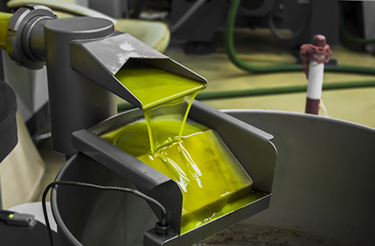The Importance Of Efficient Wax And Lipid Removal In Olive Oil

Like many fruits, olives are covered in a thin a layer of wax to protect them from evaporation and attack by microorganisms. When olives are processed into oil, the oil that is released dissolves the skin waxes and ends up in the oil.
Olive oils are extracted by milling and grinding the whole fruits. Naturally occurring waxes solubilized during extraction have a negative impact on the quality of the olive oil, causing cloudiness upon precipitation. Olive oil processors employ a variety of methods to separate the wax solids, including centrifugation, tank settling, diatomaceous earth (DE, Kieselguhr) filtration, and depth filtration with cartridges, lenticular filters or filter sheets.
Variation in final product quality can necessitate reprocessing of the oils with multiple filtration passes which impacts productivity. Here we explore proven and cost-effective solutions for de-waxing olive oils.
Get unlimited access to:
Enter your credentials below to log in. Not yet a member of Food Online? Subscribe today.
